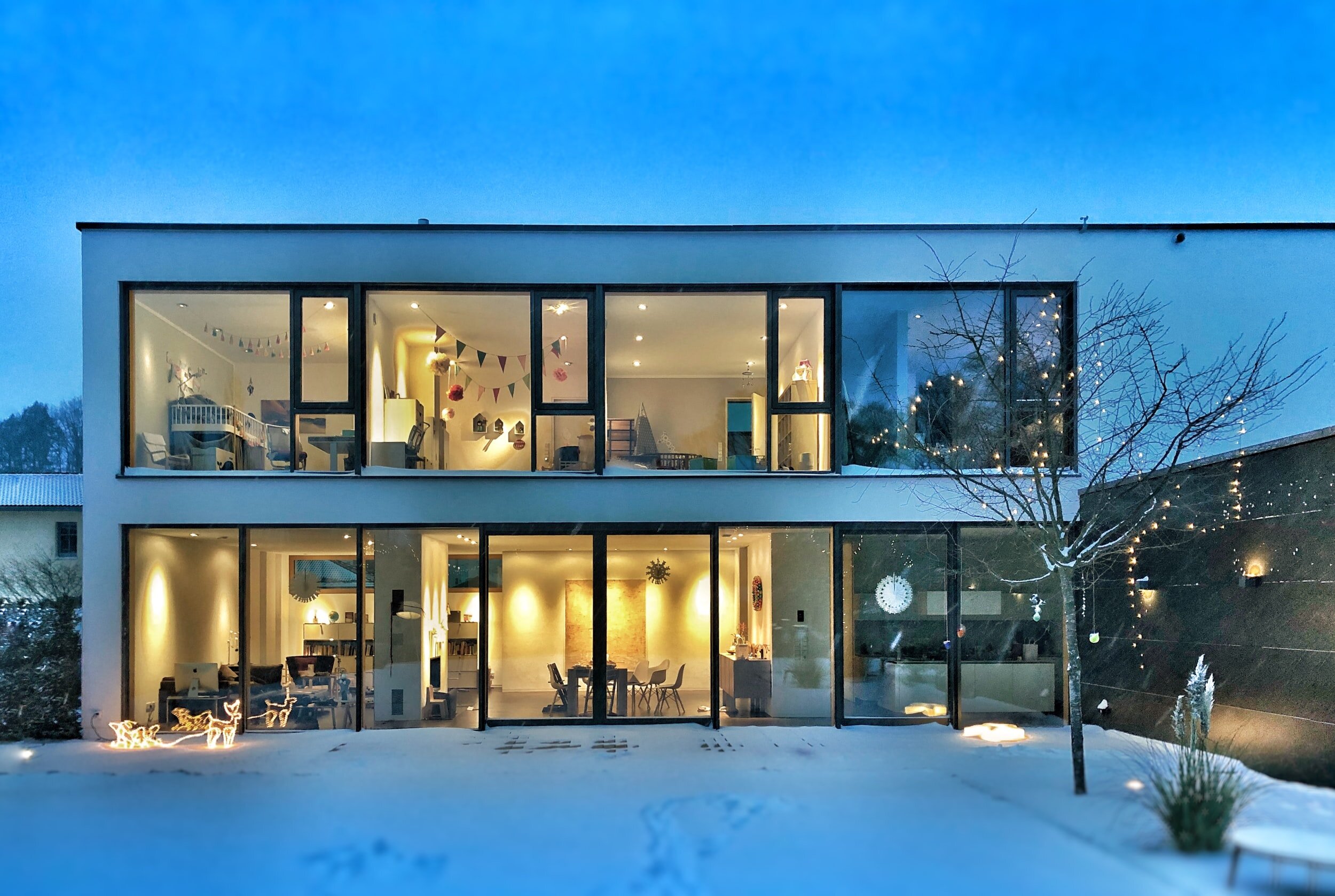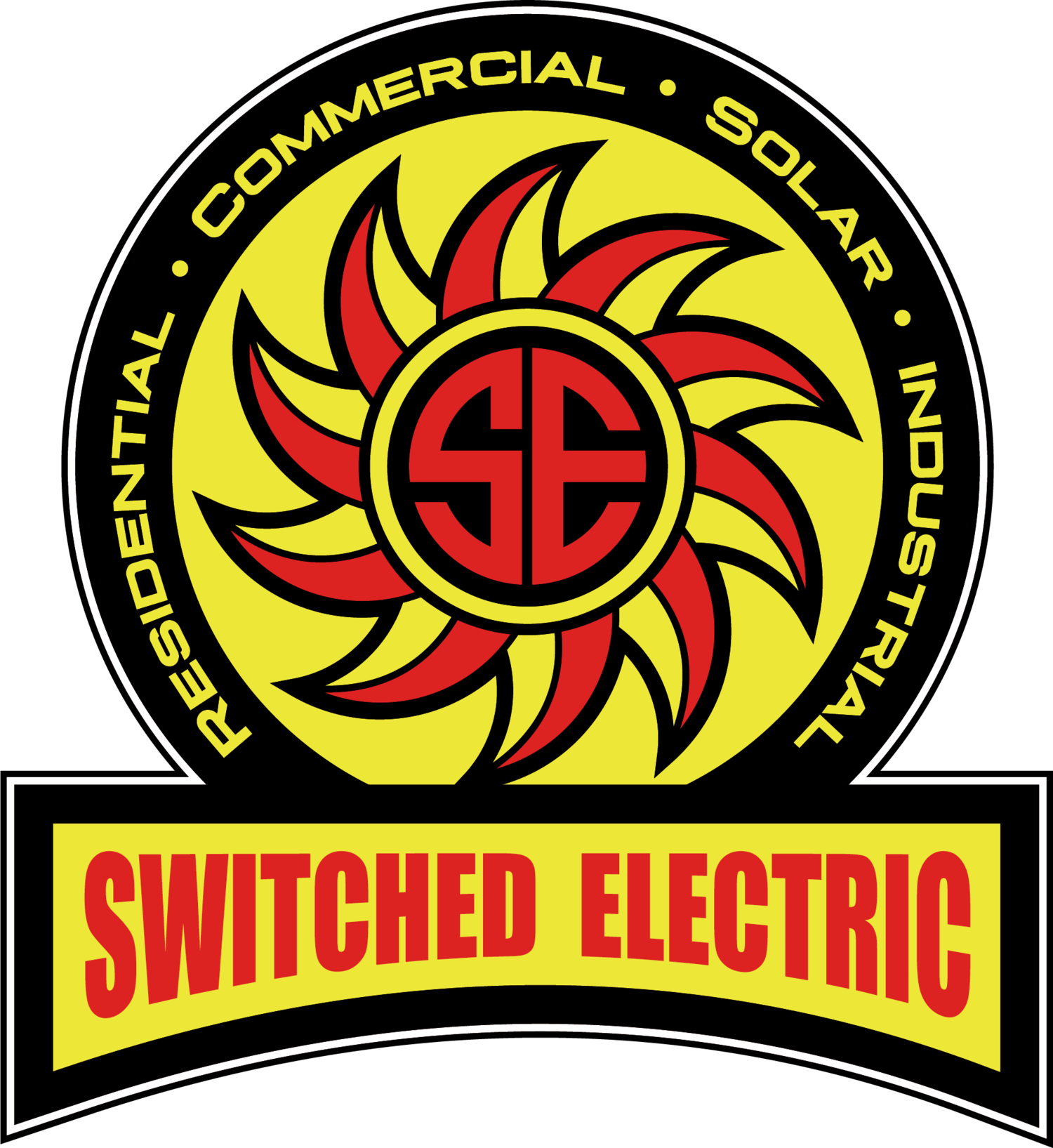
Frequently asked questions.
-
There can be a number of reasons the lights in a building can flicker. Some of those reasons are from a normal operation, but some are signs of a dangerous situation.
For example, when a large electrical appliance turns on it often draws a lot of power to start up. That large draw can cause a brief flicker in the lights as that electrical load comes online. That is something that is what we consider normal operation.
On the other hand, you may have only certain lights in the house that flicker. They may do it at various times, even when there are no large electrical loads being used. This is often an indicator of a potential serious problem, or at least a problem that can become quite serious if not addressed early.
A common source of flickering lights is a loose connection somewhere along the electrical pathway. This can be caused on the utility provider side, but often it is inside the home. If you have flickering lights, it is best to call an electrician to quickly diagnose and resolve the issue.
-
Circuit breakers are designed to be a safety mechanism for a buildings wiring. Wiring is designed to handle a certain amount of power, and in that process the wire itself will naturally heat up. If a wire gets too hot from an overload, then a breaker is designed to “Trip”, turning off the power to the wire and safeguarding the wiring from overheating and causing a fire.
Breakers are also designed to trip in a fault situation. This can happen when a wire or possibly an appliance gets damaged. The damaged wiring can cause whatever it is touching to become “Live”, creating a dangerous electrocution hazard. In a properly designed and installed grounded electrical system, a circuit breaker serves again as a safeguard to “Trip” and turn off the power to eliminate the possibility of electrocution or damage to the appliance.
Most often a circuit breaker “Trips” from overloading the circuit. This might happen in the kitchen when using the toaster and coffee maker at the same time. Or in the garage using too many tools at once. A simple solution is to only use one thing at a time, but that doesn’t always allow us to use our homes in the manner we need to.
Another alternative is to install an additional circuit, to allow more items to be used simultaneously. Switched Electric would be happy to go over the details of installing additional circuits in your home where you need them.
-
Resetting a circuit breaker is a relatively simple thing to do. It isn’t common knowledge to most homeowners, but a circuit breaker actually has three positions, not just “ON” and “OFF”.
The third position of the circuit breaker is the “TRIPPED” position, commonly caused by an overload of the circuit. The “TRIPPED” position most often causes the breakers handle to go to a center position, but it can often still visually appear to be “ON”. To reset the breaker one needs to turn the circuit breaker firmly to the “OFF” position until you feel or hear the breaker click. That means you have reset the breaker.
Once it is reset you can then turn the breaker to the “ON” position. If the circuit and breaker stay on, then likely the overload situation is gone. If the breaker trips again either immediately or after just a few minutes, it would be best at that point to leave the circuit breaker off to avoid damaging the wiring, appliances, or other components of the electrical system. At that point it is time to bring in an electrician to troubleshoot and evaluate the solutions.
-
GFCI stands for “Ground Fault Circuit Interrupter”. They are a device employed to provide protection to people and electrical equipment. They prevent things such as shocks and electrocutions by turning the power off in a hazardous situation.
Currently the National Electrical Code calls for GFCI’s in a variety of places, such as kitchens, bathrooms, garages, basements, and the exterior of a home. Pretty much anywhere where water and electricity are likely to mix, the code requires the circuit to have GFCI protection.
GFCI protection can be provided by the circuit breaker, a GFCI receptacle, or even the appliance itself. Most commonly the protection is provided by a receptacle. They are the ones you see that have a little “Reset” and “Test” button on them. If you have an older home, or older GFCI devices, it is a good idea to look into adding and/or replacing them. Many changes have taken place with the technology over the years, increasing the GFCI devices ability to provide protection.
Don’t hesitate to reach out to Switched Electric with any questions you may have about installing GFCI protection to your home.
-
A residential electrician offers various services including wiring, electrical panel upgrades, lighting installation, troubleshooting electrical problems, and installing electric vehicle chargers.
-
Upgrading your home's electric panel is recommended if you experience frequent breaker trips, plan on adding new appliances, or need more power for an electric vehicle charger.
-
Hiring a professional ensures proper installation, safety, and adherence to local electrical codes, which can prevent potential hazards and ensure optimal performance.
-
Signs that your home may need an electrical panel upgrade include flickering lights, frequently tripped breakers, or the use of multiple extension cords due to insufficient outlets.
-
Troubleshooting involves identifying the source of electrical issues such as flickering lights, power outages, or faulty outlets, and making the necessary repairs to ensure safety and functionality.
-
Certified electricians ensure that the installation is done safely and correctly, complying with all relevant codes and standards, which is crucial for the safe operation of your electric vehicle charger.
-
Consider factors such as the type of lighting, placement, energy efficiency, and the overall design and ambiance you wish to achieve in your home.
-
A residential electrician can help with rewiring, installing new electrical systems, upgrading panels, and ensuring all electrical work meets current safety standards during home renovations.
-
Modern electric panels offer increased capacity, improved safety features, and better efficiency, which can support modern appliances and reduce the risk of electrical fires.
-
Yes, residential electricians can recommend and install energy-efficient lighting, smart home systems, and other solutions to help reduce energy consumption and lower utility bills.
-
The process involves assessing the current panel, determining the required capacity, obtaining necessary permits, and professionally installing the new panel to meet all safety standards.
-
It is recommended to have your home's electrical system inspected every 3-5 years or whenever you notice any signs of electrical issues to ensure safety and proper functioning.
-
Common causes include outdated wiring, overloaded circuits, faulty outlets, and issues with electrical appliances or devices.
-
A professional residential electrician has the expertise and tools to accurately diagnose and fix electrical issues, ensuring safety and preventing further damage.
-
Benefits include faster charging times, convenience, and the ability to monitor and manage charging through the Tesla app, enhancing the overall electric vehicle ownership experience.
-
Consider factors such as the purpose of the lighting, the style of your home, energy efficiency, and the amount of light needed for different areas.
-
Expect an assessment of your electrical system, any necessary upgrades, the installation of the charger, and testing to ensure it operates correctly and safely.
-
Ensure your electrical panel has sufficient capacity, clear the installation area, and consult with a certified electrician to determine any necessary upgrades.
-
Signs include frequently tripped breakers, dimming lights, buzzing outlets, and the need for multiple extension cords to power devices.
-
Regular maintenance helps prevent potential hazards, ensures efficient operation, and can identify and address issues before they become major problems.
-
Switched Electric offers various residential electrical services. We specialize in LED lighting, panel upgrades, new construction, remodels, and troubleshooting. We also provide services for can lighting and more. Our focus is on bringing comfort, convenience, and safety to residents.
-
Yes, Switched Electric handles all aspects of residential lighting installation, including wiring and fixture placement. We specialize in LED and can lighting, which includes the necessary wiring and fixture placement for these lights.
-
Absolutely, Switched Electric can assist with residential electric panel upgrades. This is one of our areas of specialization, and we pride ourselves on the quality of our work.
-
Yes, Switched Electric offers maintenance services for installed electric vehicle chargers. We offer numerous services and focus on meeting the diverse electrical needs of their community.
Have a question?
If you have a question and don’t see the answer here, shoot us a message to ask! We will take a look at it, provide a clear answer, and then add it to our list of FAQ’s.
